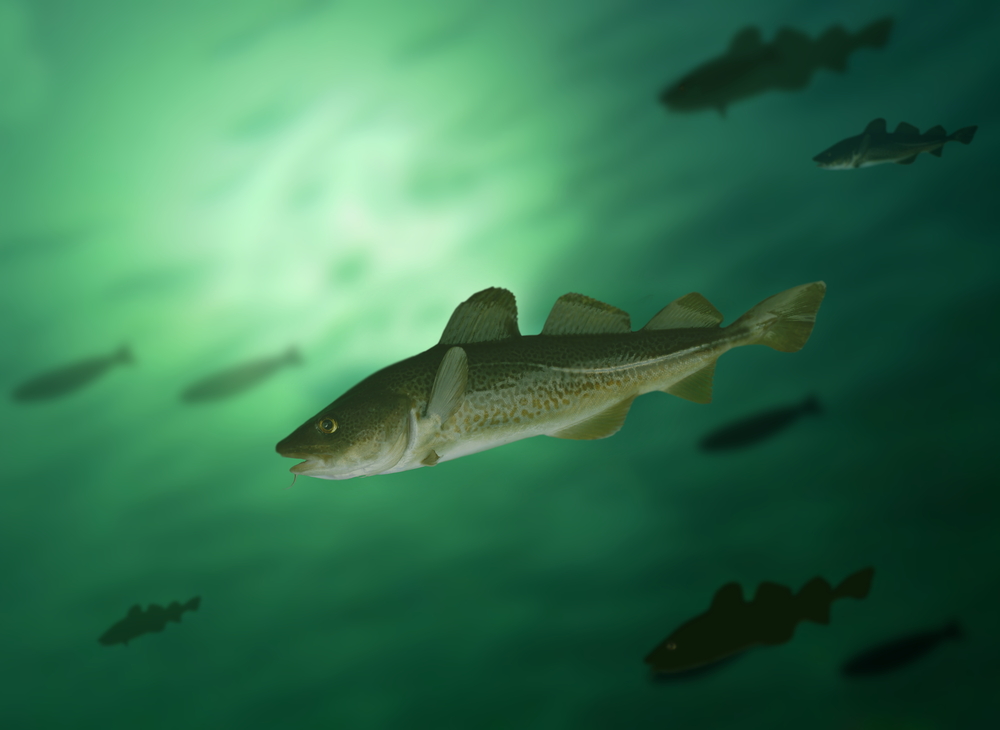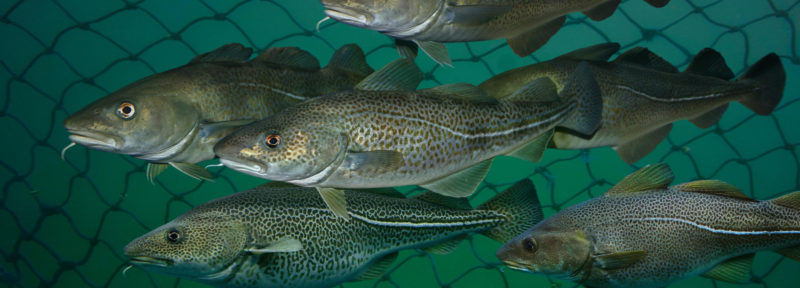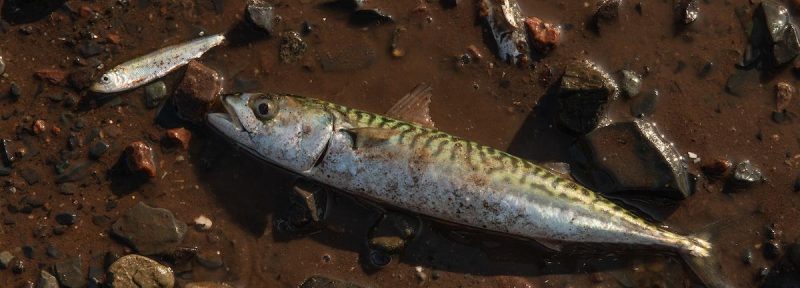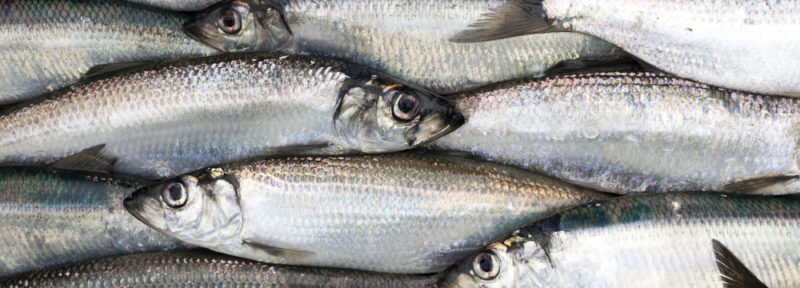Twenty-seven Years After the Cod Collapse, We Still Haven’t Learned Our Lesson
Credit: Krasowit
In the annals of Newfoundland and Labrador history, July 2, 1992 ranks well up there as one of our darkest days. It falls short by a good measure in comparison to July 1, 1916, when the soldiers of the First Newfoundland Regiment were slaughtered at the battle of Beaumont-Hamel. It can’t compare to February 13, 1982, when the Ocean Ranger was lost with all 84 crew. But when looked at from the perspective of the past 27 years, not one event has had such a profound impact on rural Newfoundland and Labrador as the cod moratorium and the resulting loss of the fishery.
When a modernized version of the Fisheries Act was passed two weeks ago, the Minister of Fisheries, Oceans and the Canadian Coast Guard (DFO) himself stated that, had the measures included in the updated Fisheries Act been in law back in the late 1980s, the collapse of Northern Cod would have been avoided. I would like to believe that the minister is right, and I would like to believe that our own hope for more evidence-based decision making will be the way of the future. However, the problem with fisheries management in Canada has rarely been a deficiency of policy, regulation or law. It has most often been—as a quick review of past and present decisions will show—a result of short-term socio-economic considerations trumping scientific evidence.
If one looks back to the late 1980s and specifically at Northern Cod, the evidence was pretty clear and compelling. The inshore fishery experienced year-over-year declines in catch despite increasing levels of effort. While the offshore fleet was still experiencing good catch rates, they were increasingly fishing a smaller area further south, indicative of a declining stock with declining geographical range. The size of fish and the age of sexual maturity were also declining, further signs of a stock under stress. And from 1987 on, the DFO research vessel survey results showed dramatic drops in numbers. On top of that, not just one but two panels of experts reviewed the fishery and found substantial management problems, leading to recommendations for serious reductions in the catch. We know that most of this advice was ignored, primarily out of a concern for the socio-economic impact of large quota cuts.
On June 24, DFO announced the 2019 total allowable catch for Northern Cod. At 12,350 tonnes, the quota represents a 30% increase over the 2018 level. 30% by any measure is a large increase. In the case of Northern Cod, this is a large increase on a stock that is still solidly in the scientifically assessed “critical zone” of stock abundance. What this means simply is that this stock is vulnerable to lasting and irreversible damage, and by the Department’s own policies, any fishing effort should be kept to the lowest possible level.
Some will say, what about the high catch rates being experienced by fishers? Isn’t that at some odds with the scientific determination of stock status? Well, maybe. But maybe not. Take a closer look at one area of the province that has experienced high catch rates, the tip of the Northern Peninsula. I think it’s probably reflective of much of the rest. In this area, pre-1992, there would have been in excess of 500 fishermen fishing day in, day out for the entire season, using thousands of gill nets, hundreds of cod traps and some hook and line. Today there are probably no more than 50 fishermen, fishing less than 1000 gillnets, no cod traps and no hook and line. Is it fair to try and compare catch rates with such a discrepancy in levels of effort? Is it not reasonable to expect significantly higher catch rates where there is little effort, compared to a time when there were orders of magnitude more effort? Catch per unit of effort has time and again been proven a poor indicator of overall abundance, and for this reason we all agreed it should be abandoned as a reliable indicator of stock health in—when?—the late 1980s!
The pressure on Northern Cod is not limited to fishing effort. Climate change is having an impact on phyto– and zooplankton productivity which are critical to prey species that cod depend on. The abundance of prey species like capelin is far lower than historical averages and is undoubtedly having an impact on cod. But of all the challenges to the rebuilding of Northern Cod, there is only one we control: fishing mortality.
From the late 1980s to 1992, Northern Cod quotas were consistently set 30-50% higher than they should have been. In the late 1990s, the quota for 3Ps cod was set 30-50% higher than it should have been. Throughout the past 25 years the quota for 4X cod has been set 30-50% higher than it should have been. What do all these have in common, besides systematic overfishing? All three stocks had otherwise good shots at overcoming their declines but instead collapsed. Will we do it again in Northern Cod?
In the immediate aftermath of the moratorium, there were many meetings of the Fish, Food, and Allied Workers Union (FFAW), with large portions of the agendas devoted to income support and adjustment for fishers and plant workers devastated by the impact of the closure. Lloyd Sullivan, a well-known fisherman from Calvert with a thick Irish accent, would often ask former union president Richard Cashin, “What about the feesh Richard, what about the feesh?” He understood, I think, that the key was the fish, the rebuilding of the stock; no amount of short-term income support, no amount of adjustment, no amount of short-term actions would save us in the long term without the fish. His question is as pertinent today as it was in 1993.
The moratorium on Northern Cod ripped apart the socio-economic fabric of rural Newfoundland and Labrador. While some of the damage may be irreversible, there may yet be a future for cod fishing in what remains of outport Newfoundland and Labrador. That future is dependent, however, on a substantially rebuilt Northern Cod stock. Decisions based on short-term socio-economics will continue to hamper any chance at rebuilding and ensure the continued demise of coastal Newfoundland and Labrador. It’s always about the fish.





